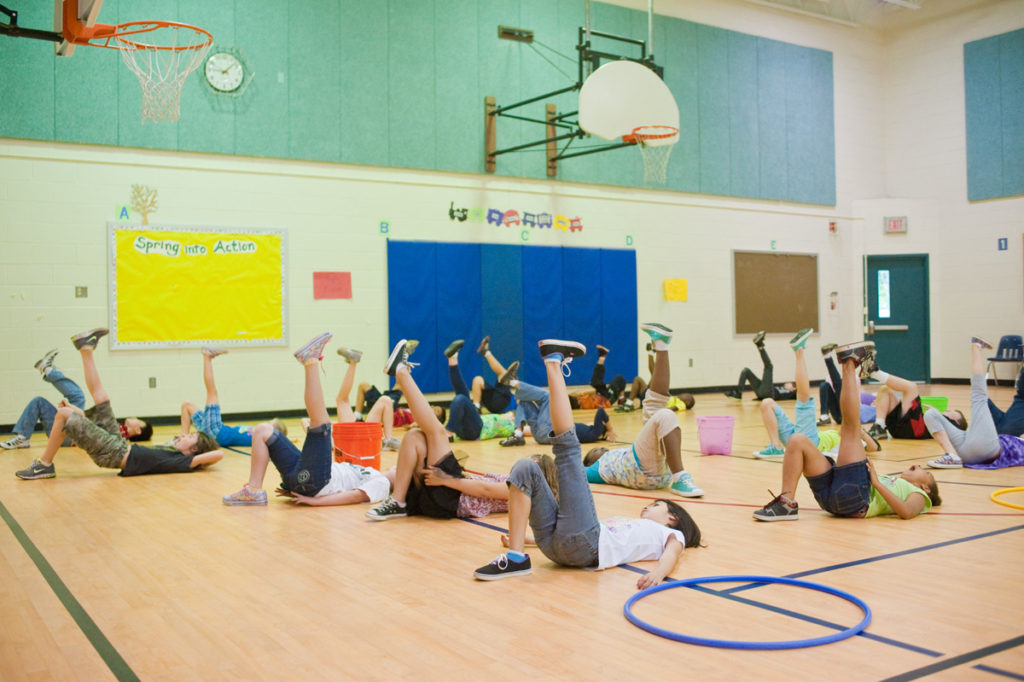
Starting on the first day of school, students wait excitedly at the door for PE to begin. And as soon as they see me, they always pepper me with questions:
“What are we doing today?”
“Can we play Excuse Me, Tag?”
“Can we go full speed now?”
“When are we going to be able to use the stilts?”
They want to move, move, move!
I want them to move, too. But I know that during the first twelve weeks of PE, at the same time that I’m having them run, jump, and use equipment, I have to deliberately teach them how—how to move safely, how to play by the rules, how to be respectful and inclusive of all.
Just like classroom teachers, we special area teachers need the early weeks of school to build community and establish routines in order for students to be successful with an active, rich curriculum all year long. Even at this point in the school year, we can’t just put equipment out and turn the children loose! Also, like many classroom teachers, many special area teachers use the Responsive Classroom book The First Six Weeks of School to help guide us in establishing the foundation for great teaching and learning throughout the school year.
The big difference is that what many classroom teachers can do in six weeks takes special area teachers like myself about twelve weeks or so to accomplish. That’s because, as a PE teacher, I get to meet with each class only twice a week and for only thirty-five minutes at a time. As a result, it takes me about twice as long to teach, model, and practice essential routines and the use of equipment.
So for PE, I plan for this foundation-setting work to last twelve weeks. Here’s a very condensed version of my plan for this year:
As a PE teacher, I have to carefully balance student expectations for “free movement” with the need to solidify routines that will keep them physically, socially, and emotionally safe. Doing so thoughtfully over the first twelve weeks of school allows me to set students up for success for the rest of the year.